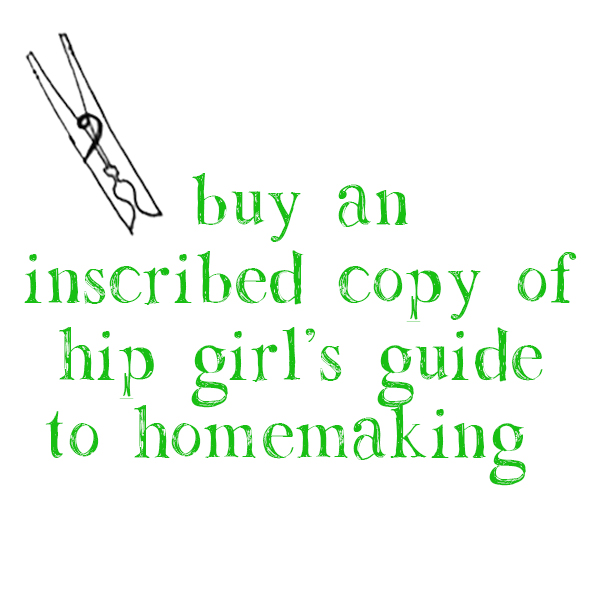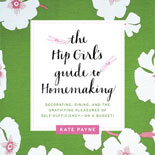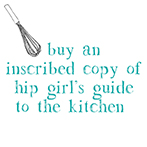Seeded and Self-Contained
I am hard on houseplants, as you may have read already. I can only have those ones that endure neglect and drought with surprising tenacity.
Years ago I took to the curb and planted my first garden. I figured that houseplants are a nature-defying phenomena, so I might actually be able to swing assisted-photosynthesis with a little help from the sun, complex dirt and some ladybugs. Why the curb? Because I lived in a tree house whose yard only had one little patch of full sun.
A modest endeavor, 4’ x 4’ raised bed made out of the boards from my old cinderblock and board book case. my little green childrenUnfortunately, I had to leave this 16-square foot marvel back in Austin. I live in Brooklyn now. The garden just wouldn’t fit in the moving-minivan.
my little green childrenUnfortunately, I had to leave this 16-square foot marvel back in Austin. I live in Brooklyn now. The garden just wouldn’t fit in the moving-minivan.
So, I’ve moved this operation to the stoop. Container gardening is still somewhat mysterious to me, a series of microcosms keeping on every day, just like me. Leeks and their squash invader I have no idea how the squash (yellow blossoms) appeared in my leek container. A happy mystery that might actually fruit.
Leeks and their squash invader I have no idea how the squash (yellow blossoms) appeared in my leek container. A happy mystery that might actually fruit.
Planting from seeds (as opposed to buying plant starts—plants that someone else started from seed) is not only efficient, but also adds that elementary-school science project charm to the process. You get to birth little plantlings, from the time their little heads pop from the soil to the time you yank them out of their loamy homes and take that first bite. Seeding is easy and cheaper, just follow the directions on their envelope (or ask the farmer at the market where you bought them how to cultivate them.)
There’s just something so exciting about plucking basil from the plant that I seeded myself. I grew it; I managed to keep it alive long enough to eat it. Wow. My first shot at contained lettuceLettuce is one of those things that you keep seeding all summer. I’ll probably need to spread these out as they get bigger (and put them in a deeper pot to accommodate their veiny root systems.) The edamame below started out as shriveled up soy beans from a $1 packet.
My first shot at contained lettuceLettuce is one of those things that you keep seeding all summer. I’ll probably need to spread these out as they get bigger (and put them in a deeper pot to accommodate their veiny root systems.) The edamame below started out as shriveled up soy beans from a $1 packet. the pods are out, hooray!I do occasionally buy starts, mostly from actual farmers at a farmers’ market, and usually only if I’ve missed the window for seeding them myself.
the pods are out, hooray!I do occasionally buy starts, mostly from actual farmers at a farmers’ market, and usually only if I’ve missed the window for seeding them myself.
Plants and garden-related stuff can be super stressful or joyously experimental. I’m a believer in the latter. You don’t need to read (and completely understand) everything there is to know about beneficial bugs, soil biodiversity and aphid management BEFORE you try it out. People don’t expect to know everything about raising kids BEFORE the 9-month holding period, so give yourself a break with the plant scene. Learn as you go.
Plant some seeds and see what happens.
Here are a few basic things to keep in mind:
- Your soil is key. I miss The Natural Gardener everyday, but the Home Depot still has some choices if you’re trying to keep it simple (aka if you’re not fond of eating surplus WWII death chemicals.) You don’t have to break the bank, but I just can’t see willingly purchasing the ever-miraculous MiraceGrow (even the “Organic” choice) for food plants. Explore all the options, I doubt Scotts brand Premium Garden Soil is much better, but at least it doesn’t involve miracles.
- When selecting containers, remember that a plant’s root system is just as important as the pretty, fluffy top. This is even more essential to prepare for if you’re growing root vegetables. There are a number of theories on how close or how far a part your plants should be, but I try to give them at least as much room below to mirror or double their above ground flourishing potential. You also don’t want containers that have had toxic things in them, especially if you’re planning to eat or cook with the fruits of your labors.
- Look online or at a local garden store for a seed schedule/seasonal planting guide for your area. Local climates produce different timelines for when to plant certain things. Planting according to growing seasons in your area is a must; otherwise, nature (bugs and bacteria) will take out your sickly, out of season plants. Funny how nature keeps everything in order.
- Read the seed jackets. It tells you just what to do, when to plant them (starting them indoors or just dropping them into your soil-filled container), how much light, etc. I always ignore the distance between plants because I’ve always had to work with too little space. Some plants are okay with crowds, some aren’t; just experiment!
- Plants need food too. Some soils come with food for a couple months; after then, you’ll need to feed them. The deal with plant food is: supplement the soil with minerals that it’s lacking (regional soil compositions) or minerals that will best support and cultivate the plants. Some fertilizer helps with blooms, others with leafiness. Homemade compost is the cheapest and easiest method, but the convenient bags at your home and garden store allow you to keep your options open. Home composting is pretty easy (and not at all stinky if done correctly), but that’s another post entirely.
- If things start to go wrong, don’t panic. TGFG (thank God for Google)! Google (and Google image) search your issue and I guarantee you’ll find 800,000 online answers to your question. This is the learn as you go part; it’s not the end of the world if you accidentally kill a few plants along the way.
Tell me how it goes for you!
 Garden & Outdoors,
Garden & Outdoors,  Gardening,
Gardening,  Self-Care
Self-Care 





Reader Comments